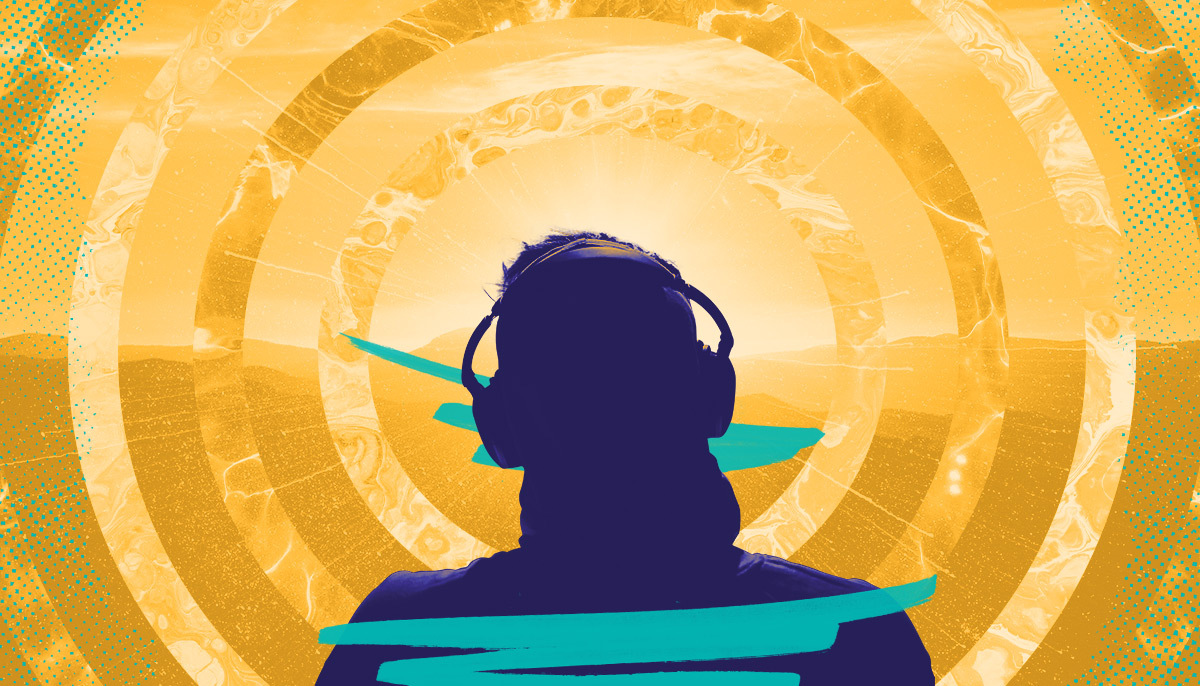
The 3 things you can do right now to increase your chances of getting your music licensed for sync.
[This article was written by Cathy Heller, a singer/songwriter who has had great success licensing her music to hundreds of TV shows, commercials, and films.]
There are many factors that contribute to an artist’s success in music licensing. Here are the top three things you can do boost your music’s chances of being placed in a TV, film, or commercial production.
1. Do your research on other sync placements
Successful people don’t look for opportunities, but rather they look for problems to solve.
Before you submit music to a music supervisor, it’s so essential that you know what you’re pitching for. Is it a film, is it a TV show, or is it an ad? You need to know the vibe of the brand or the show, and what kinds of lyrics and production dynamics will help tell the story the project is telling.
Please don’t skip the research. Don’t spin your wheels, creating music without knowing exactly what it is that they want from you. You will hit your goals faster if you prepare for them. That’s not my opinion; it’s tried and true strategy.
So where can you find the songs that are being used in TV, film, and ads to start your research? Here’s a list of a few places:
- Ispot.tv has a whole bunch of commercials from different brands and you can go through brand by brand. In their search feature you can put in “Target” or “McDonalds” or “Walmart” or “Apple,” and you can see all the various ads that they’ve done, and what songs have been in them.
- Tunefind.com is a great place to find music from all the different TV shows. You can search by artist, by show, or by network.
- And of course you can find playlists from different shows that fans have put up on YouTube and Spotify, as well as playlists by brands. You can watch the commercials right there and listen to the songs that they’ve used.
- You can also go to TV network pages and look at their shows. You can find what songs were on season by season and episode by episode. The list goes on.
I’m sure that if you’re being resourceful, you’re going to find many other places too.
Here’s a little sync licensing homework:
- Choose a show or a brand.
- Make a playlist of songs that have been used in this show or by this brand.
- Start listening and absorbing what’s working for various shows and ads.
- And then rinse and repeat for another show or another brand.
You want to be listening for consistencies in three things: vibe, lyric themes, and production.
2. Write universal lyrics
So in your research, what are the lyrical themes that keep coming up in the songs you are listening to? Do you notice a common trend in lyrics? Brands, TV, and film all use songs that have universal lyrics.
What are universal lyrics? Lyrics that apply to a general and wide audience.
It is very rare to hear a song in a TV show or commercial that has specific lyrics about a specific story, person, or place. More times than not, you will hear songs that have universal themes, like “Home,” “Victory,” “Freedom,” “Brand New,” “Togetherness”…the list goes on. It is rare that songs about romance are used for placement. Have you noticed that in your research? Many songwriters write breakup songs and love songs, but particularly for commercials, these lyrical themes do NOT work.
Again, you want to consider the problem you are trying to solve. What kind of song lyrics does a brand want to share to promote their product? Probably a song about feeling good, or making it big, or taking over the world. A song about a broken heart just wouldn’t work.
3. Make a production that’s cinematic and stands on its own as an instrumental
Oftentimes when a song is licensed both the vocal and instrumental versions of the song will be asked for. This is because if there’s a voiceover or dialogue over the song, the editor might want to drop out the vocals in that section of the song. The instrumental that is left still needs to offer dynamics and help move the scene or the commercial along.
How to test if your song works as a cinematic instrumental
A great way to test if your production can stand on its own is to play your instrumental over a muted commercial or scene from a show. Are there builds and dynamic changes in the production? You will get a sense right away if your instrumental needs work if it can’t carry the scene or ad.
Production is one of the most important pieces of a great song for sync. You want to hear different instruments coming in and out of the track, instrumental builds and drops, you want to feel momentum, and for film and TV, you want to have grand soundscapes that make it easy for the editor to cut picture to.
It comes down to doing your research and taking action based on what your research shows. Create songs with universal lyrics and dynamic production. You have the talent, now you just need the strategy and to take massive action.
For more about sync licensing, check out these two interviews with Cathy Heller on the DIY Musician Podcast:
Many independent artists have gotten high-profile sync placements through CD Baby’s Sync Licensing Program, appearing in feature films, shows on HBO, Showtime, Netflix, and more. With CDB Boost, you’ll have the opportunity to get placed, reach new listeners, and earn upfront sync fees, performance royalties, or both! Learn more about sync licensing.